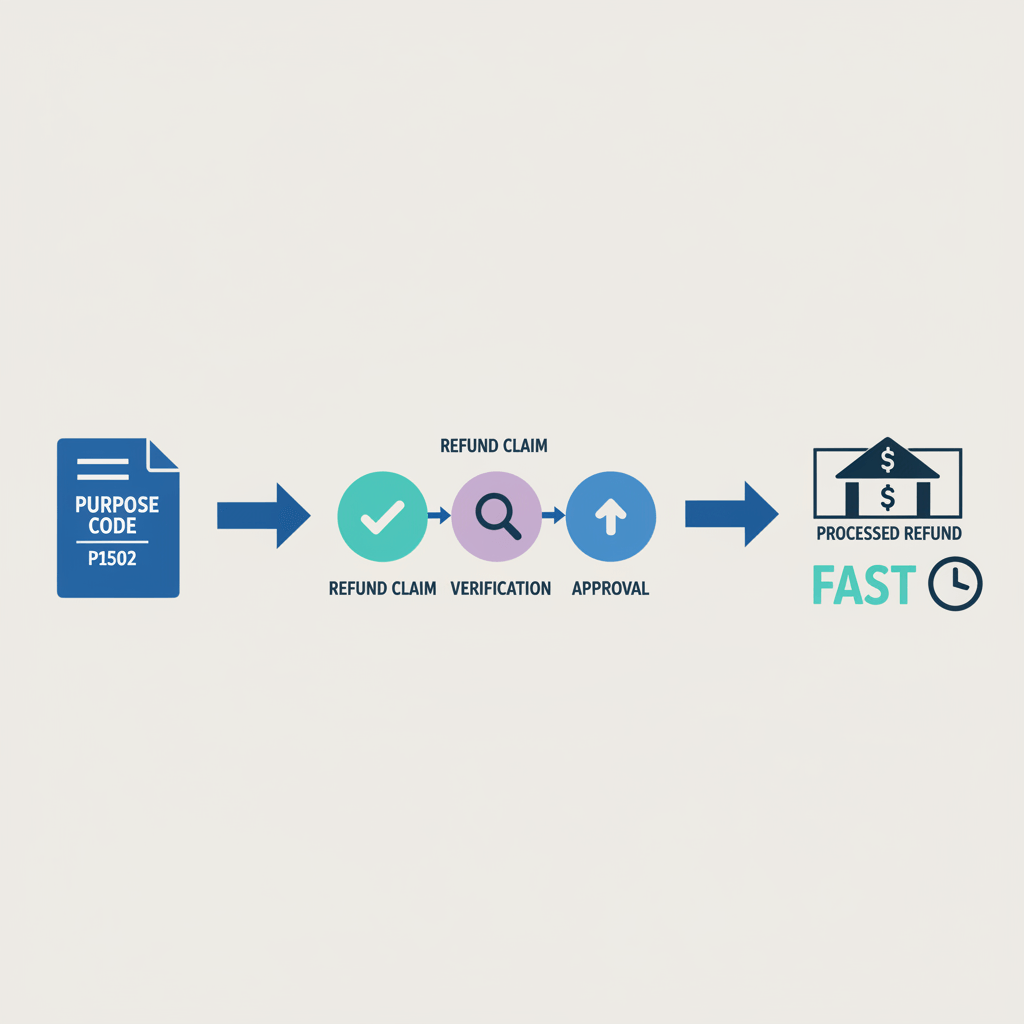If you're looking to get your goods out of India and onto the international market, you’ve probably heard of the Let Export Order (LEO).
It's one of the last steps before your shipment is cleared for export, but don’t be fooled—this process can get a little tricky if you're not fully prepared.
What is a Let Export Order (LEO)?
LEO is the official clearance certificate issued by the Indian Customs Department after they've inspected and verified your goods and export documents.
Simply put, it is the green light you need to ship your goods out of India.
Once your shipment is ready for export, you must complete customs clearance procedures at the port, airport, or Container Freight Station (CFS). The customs officers will check everything:
- your shipping documents
- the value of the goods
- whether the shipment meets all legal and regulatory requirements.
If everything checks out, they will issue the LEO, allowing you to hand your consignment over to the carrier and start your journey to international markets.
Steps to Receive a Let Export Order (LEO)
Here’s a step-by-step breakdown of what you need to do to obtain a LEO:
1. Prepare Your Documents
Before you can even think about the customs process, you need to have your paperwork in order. The essential documents include:
- Commercial Invoice: This document outlines the value of the goods being exported.
- Packing List: A detailed list showing how the goods are packed for export.
- Statutory Declaration Form (SDF): This is a declaration that your goods comply with the export regulations.
These documents should be prepared and submitted to the Customs House Agent (CHA) or directly to customs, depending on whether you’re doing it yourself or outsourcing.
2. File the Shipping Bill
Once the documents are ready, the shipping bill is filed through the ICEGATE portal (the centralized customs portal). This is an online system that makes filing easy and quick. The shipping bill includes information about the goods, their value, and destination.
For non-EDI ports, the process might be slower and more manual, but the basic principle remains the same.
3. Goods Transport to the Export Location
Once the shipping bill is filed, the goods are moved to the designated export location—be it a seaport, airport, or Container Freight Station (CFS). This is where the inspection will take place.
4. Inspection and Evaluation
Now comes the critical part: inspection. A customs inspector will physically check the goods and verify that everything aligns with the documentation. They’ll ensure that the quantity, description, and value are as stated in the shipping bill.
Simultaneously, an appraiser evaluates the goods’ market value, which is crucial for calculating the correct duties and taxes. Any discrepancies can result in delays or fines, so it's important to make sure your documentation and valuation are accurate.
5. Receive the LEO
Once the inspection and valuation are done, the customs officers will issue the Let Export Order. This is the official clearance that allows you to export your goods from India.
You’ll receive the LEO in the form of a signed and stamped shipping bill. This document is then handed over to your CHA or the exporter, depending on who handled the clearance process.
Common Problems in the LEO Process
It does sound like a 5-step simple process. But exporters do face challenges along the way.
- Delays Due to Inspection Bottlenecks: Sometimes customs gets backed up, which can delay your shipment and mess with your delivery schedule.
-
- Paperwork Errors: Even a small mistake in your export docs can cause delays and might mean penalties while waiting for your LEO.
- Incorrect Valuation of Goods: If the value you declare doesn’t match what customs expects, it can lead to fines or even rejection of your LEO.
- Lack of Transparency with Customs Officers: It’s frustrating when you can’t get clear updates from customs, leaving you in the dark about your shipment’s status.
- Complexity for Non-EDI Ports: Non-digital ports can slow everything down, with manual paperwork causing extra hassle and delays.
- Hidden Costs: Besides the obvious fees, there are often hidden charges—like inspection fees or penalties—that can quickly add up.
- Regulatory Changes and Compliance Issues: New export rules pop up all the time, and keeping up with changes can be tough, especially when they come out of nowhere.
- Additional Requirements for Perishable Goods: Exporting perishable items? Expect extra checks and certifications, which can slow down the process.
How to Avoid Common Hiccups in the Let Export Order Process?
While the LEO process can be tricky, there are steps you can take to minimize risks and ensure everything goes smoothly:
1. Work with a Trusted Customs House Agent (CHA)
Hiring a CHA can save you time and reduce the risk of mistakes. They’re familiar with the customs process and can ensure all your paperwork is filed correctly and on time. If you don’t have the resources to hire a CHA, consider working with someone who has experience in handling export shipments.
2. Double-Check Your Documentation
Before submitting any paperwork, double-check that all the details are correct. Pay particular attention to the value of the goods, as this is one of the main causes of issues during the inspection. Make sure all documents align and are easy to verify.
3. Stay Updated on Regulatory Changes
The export regulations in India can change frequently, so make sure to stay informed. Subscribe to updates from government portals like ICEGATE, and seek advice from industry experts to keep up with the latest rules.
4. Be Transparent with Customs Officers
If you’re facing delays, don’t hesitate to communicate directly with customs officers to understand the reason behind it. Clear communication can often resolve issues quickly, especially if the problem lies in a small detail that can be easily fixed.
5. Budget for Hidden Costs
Make sure to budget for additional costs that might come up during the process. These can include CHA fees, inspection fees, and any additional charges from customs. Having a budget set aside for these extra costs will prevent any financial strain.
FAQs
Q: How long does it take to receive the LEO?
A: The time to receive the LEO varies depending on the volume of shipments at customs and the type of goods being exported. On average, the process can take anywhere from a few hours to a few days.
Q: Do I need to submit the same documents for every shipment?
A: Yes, for each export shipment, you need to provide the same key documents (Commercial Invoice, Packing List, Statutory Declaration Form, etc.). However, specific requirements may vary based on the nature of your goods or destination country.
Q: What happens if my shipment is rejected after the inspection?
A: If your goods are found to be non-compliant with customs regulations, the shipment can be rejected. You may need to correct the issues and resubmit your shipment for clearance.
Q: Can I get an LEO without a CHA?
A: While it's possible to handle the customs process yourself, hiring a CHA is highly recommended, especially for first-time exporters. They have the expertise to manage the paperwork and procedures efficiently.
Q: Is there any way to speed up the LEO process?
A: Ensure that all your documentation is correct and complete before submission. The smoother the paperwork process, the faster your goods will clear customs. Using EDI (Electronic Data Interchange) ports also speeds up the process compared to manual handling.
Q: Are there any fees associated with getting an LEO?
A: While the LEO itself is a clearance certificate, there might be associated costs like CHA fees, inspection fees, or penalties for discrepancies. It's essential to factor these into your export budget.


.png)







